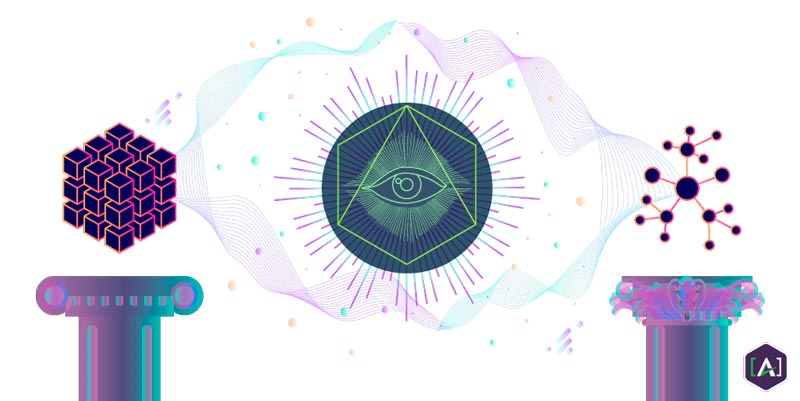Content plays a role in every enterprise business transaction.
Nothing gets sold, supported, or understood without content. The words, pictures, videos, and data that a company builds and stores form the basis for every customer experience.
Since every digital interaction between any two parties involves content,
connecting content to customers becomes an essential activity within healthy, functioning, and growing organizations. Content performs valuable work. Because organizations store and transact economic value using content, that economic value needs stewardship.
Content cannot do work by itself in a vacuum. It gets published and maintained in channels. Yet, customers cannot find and use any content magically. To do work, content has to be delivered and then discovered at the “moment of relevance”.
A combination of
engineering and technology makes content findable and matchable to a customer’s needs in that essential moment that matters.
What makes intelligent content matching possible? A powerful invisible map that has been connecting up the world’s knowledge, data, and customer experiences:
Semantics.
This paper reviews the critical role that semantics plays in orchestrating the knowledge within any organization, the content that emerges from that knowledge, and how that content expresses itself across many customer experiences.
Structure and semantics work together to create
content intelligence. This paper is authored by the semantics team at [A] the content intelligence service. It brings together years of experience working with some of the most sophisticated, and some of the most challenging content asset environments on the planet. And by reading this paper, anyone that uses, manages, or relies on content for business value will gain the perspective and starting tools for using semantics to drive uncommon value using content assets.

In other words, this paper provides readers with an important edge in the struggle for attention and relevance in the 2020’s and beyond.
The Moment of Relevance
The “moment of relevance” for content comes when the content is most useful for the customer.
Whether the customer needs to learn something at a given moment, or employ content to perform a task or solve a problem, content relevance always incorporates an aspect of time.
We need to recommend and access a given piece of content based on many variables surrounding that content and the context of the consumer. Those variables get orchestrated through a semantic map. Let’s get comfortable with the concept of semantics first.
Defining Semantics for Content
The solution to content discovery and dynamic contextual assembly can be found in semantics, the study of meaning.
Think of semantics as a ‘map of meaning’. It describes everything in a given domain in a way that allows people and machines to see relationships between things. In the context of content, semantics describes the meaningful relationships between a piece of content and external terms and
content structures.
By creating and classifying relationships, content structures are enriched in a way that allows content to easily be identified and used in many different contexts. This semantic enrichment is an essential ingredient in the convergence of content.
Think of content structures as ‘content shapes’ that give content a form to live within. Semantics can connect content items themselves, and the structures that contain it.
Semantics makes it possible to know what meaning is contained within which content, instead of relying on the words or pictures themselves. Semantics gets used within content systems of various kinds, and gets attached to objects or fields, thereby making those objects knowable and accessible by intelligent machine processes.
Semantics makes “strings” into “things”. Basically, this is the idea that keyword matching “strings” is just guessing and has huge failure rates for connecting the right “things” together. By applying semantics, we explicitly define — through human or machine means — what “things” we are actually dealing with in the content or the data sets. And we can bring all that together in cogent ways, once that semantic fabric exists.
The “things not strings” idea is already widespread in the data world, and is referenced within
Customer 360 and
Know Your Customer initiatives wherein teams are trying to make sense of mountains of contextual data. The movement towards “things not strings” needs to get applied to content objects as well.
Semantics works together with content and data structure so closely, as to be essential to each other. Both are maps of a territory that needs management.
Semantics and structures work together to make content manageable. Otherwise, without these essential maps, we have an untethered, uncharted content landscape that’s entirely unknowable.
Contact Us for a Free Consultation.